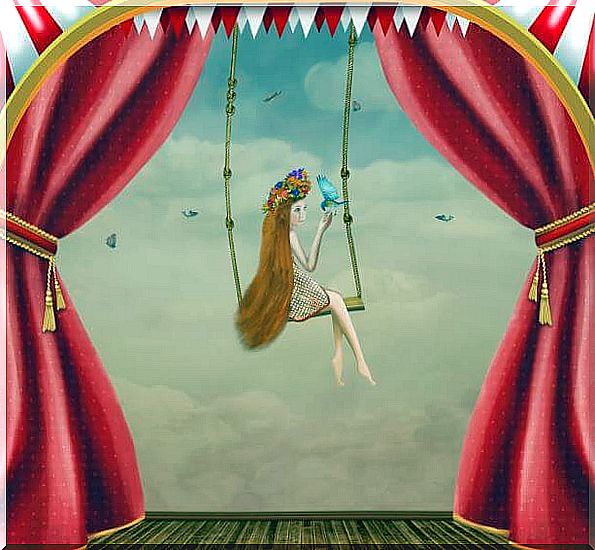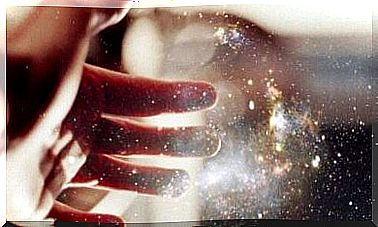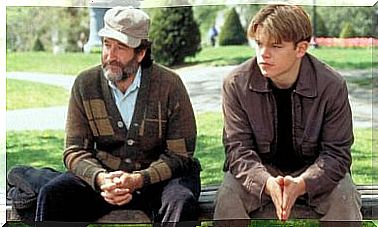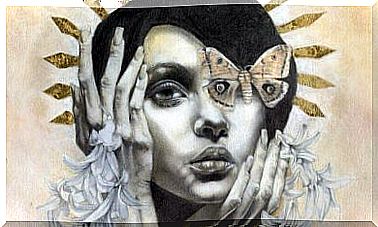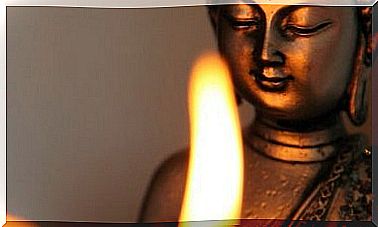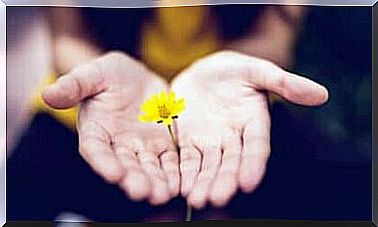Emotional Distress: The Indefinable Fear That Paralyzes
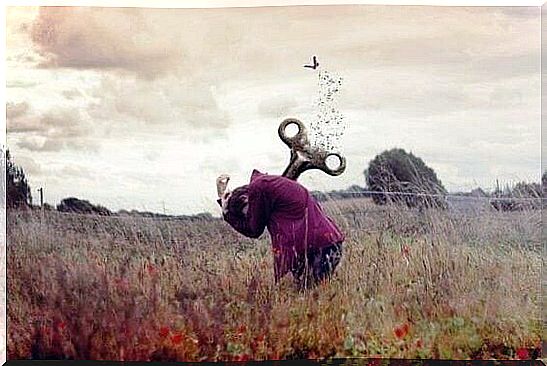
Emotional distress is like a whirlwind that sucks everything up. She makes her victims prisoners by filling them with fear, anguish, worry and an indefinable sadness … It is a kaleidoscope of adverse emotions which, in addition to being at the origin of a characteristic mental illness is associated with physical symptoms which can be very limiting.
Byung-Chul Han, a famous South Korean philosopher and essayist expert in cultural studies, defines today’s world as the society of fatigue. If there is one thing that proliferates among us it is anxiety and emotional distress. For Dr. Han, the root of all of this is our culture of performance. We are taught this virus from our childhood by orienting us towards success, towards the high solvency that we must achieve in almost all areas of our existence.
In addition to this pressure from our environment, we were introduced to the culture of multitasking very early on in order to stand out and achieve triumph. You have to know how to do several things at the same time in a short time. It is the law of the jungle because of which not everyone survives and does not integrate effectively. It is also common for some to get stuck in “angst”. This German term evokes everything that is narrow, oppressive and produces suffering.
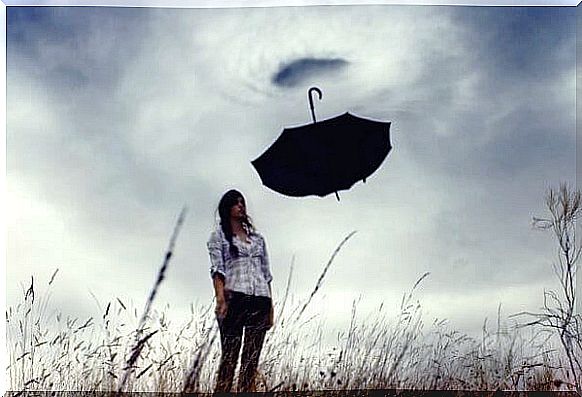
Emotional Distress: What’s Happening to Me?
When we talk about emotional angst, the same controversy always arises. Is anxiety synonymous with anxiety? Are they two different psychological conditions? It should be said that recently, we preferred to use the term anguish to refer to philosophical approaches, thus differentiating them from the clinical aspect. Soren Kierkegaard, for example, defined this dimension as the fear we experience when we realize that our future is limited and that the quality of our life depends on our choices.
Sigmund Freud for his part differentiated “Realistic anxiety” from “Neurotic anxiety” by considering the latter as a pathological condition. It is a conclusion which therefore moved away from purely philosophical reflections. All this allows us to understand that in fact there are two types of anxieties. The one that we could define as existential has very clear characteristics. According to the Diagnostic and Statistical Manual of Mental Disorders (DSM-5), it often appears as a symptom of various psychological disorders.
Let’s see by following some of these features:
- Emotional anguish paralyzes us. In contrast, anxiety is generally associated with a nervous and activating component. Anxiety acts as a stopper from uncertainty to foster the development of something that we can control or predict.
- When this shadow appears, the concern intensifies and becomes obsessive. Catastrophic thoughts and despair make their appearance.
- Homework such as taking an exam, having to make a choice, waiting for an answer or an event or having to face something that seems insurmountable to us very often generate anxiety.
- Studies tell us that some people are more likely to experience anxiety. The reason for this lies in the neurochemical universe orchestrated by hormones and neurotransmitters. Thus, an increase in adrenaline or a reduction in gamma-aminobutyric acid (GABA) makes us more likely to experience this state of anxiety.
- Emotional distress is also associated with important physical symptoms: dizziness, digestive problems, pressure in the chest, fatigue, muscle tension …
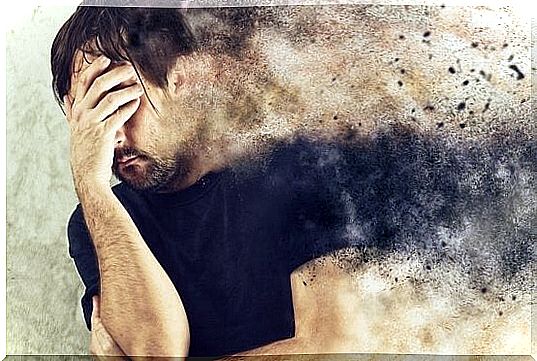
How can we deal with emotional distress?
Previously, poets, writers and painters channeled their angst through art. The majority of them suffered from existential anguish, this recurring sensation of the human being. We will hardly be able to shake off this understandable emptiness that we feel when we look to the future. However, when this feeling, this emotion blocks us and positions us in the corner of vulnerability, we have to react.
By citing Byung-Chul Han once again, he reminds us that we are forced to live with uncertainty. Uncertainty is the direct link to emotional angst. Anyone who thinks that this condition can be resolved with the help of psycho-pharmaceutical substances is wrong (when we are faced with an extreme case of course). We actually need to learn to deal with the comings and goings of this society, to improve on the unpredictable, and to better deal with what we cannot control.
To achieve this, various proposals are available to us. Approaches such as cognitive behavioral therapy, acceptance and engagement therapy, or cognitive mindfulness therapy (MBCT) can help us do this. The benefits of the latter are manifold. On the one hand, we can reduce and work on our anxiety, negative thoughts, and the adverse emotions that block us. On the other hand, we will get to the root of the problem. We will change our view of what surrounds us to feel more capable and empower ourselves personally in a world that is always complex and always in demand.
